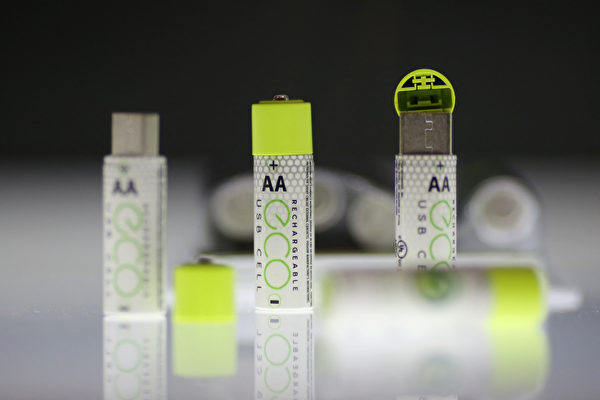From smartwatches to electric cars, and even the energy storage systems of some power plants, all use lithium-ion batteries. However, the capacity of lithium batteries gradually declines with usage and time, and the reasons for this have been widely debated. A recent study by a university in the United States has found that hydrogen ions are the main cause of battery degradation.
The lifespan (number of charge-discharge cycles) and capacity of lithium batteries have always been topics of concern for manufacturers and consumers. For instance, those purchasing electric cars or smartphones pay attention to the number of charge-discharge cycles and capacity of lithium batteries, as replacing a set of lithium batteries means spending a significant amount of money.
This has led many scientists to seek new types of batteries that can replace lithium-ion batteries. Although these new types of batteries have higher self-discharge rates, they still experience a decrease in capacity over time and with increased usage.
Within batteries, lithium ions shuttle back and forth between the anode and cathode through the electrolyte during charge-discharge cycles to generate electricity. Previously, scientists believed that batteries self-discharge and not all lithium ions return to the anode during charging, with some lithium ions embedding in the cathode, reducing the overall responsiveness of the battery and ultimately leading to a decrease in battery capacity. However, this assumption raised many questions.
In a recent study, a research team led by engineers at the University of Colorado at Boulder conducted further research and found that hydrogen ions (H+) are one of the “culprits” that prevent lithium ions from returning to the original electrode, rather than being a result of lithium ions (Li+).
The process is likened to using a new computer (battery) and ultra-high-speed internet (lithium ions) for online activities and work. Initially, both the computer’s performance and internet speed are good, but over time, users encounter lagging in both the internet speed and computer performance. Originally believed to be due to computer aging or decreased internet speed, examination revealed that hackers (hydrogen ions) hijacked and disrupted the computer system (cathode) and network, resulting in an overall performance decrease.
Researchers used an advanced photon source from the U.S. Department of Energy’s Argonne National Laboratory to observe the discharge process of lithium batteries. The results showed that hydrogen ions in the electrolyte move to the cathode and gradually react with lithium-depleted oxides of the cathode (such as iron phosphate, nickel cobalt manganese), gradually occupying the positions where lithium ions bind with the cathode, preventing the lithium ions from returning to the cathode properly, affecting the stability of the cathode structure, weakening the battery’s current and capacity.
Researchers also distinguished the differing effects of lithium ions and hydrogen ions on the cathode by observing the chemical expansion when lithium and hydrogen ions react with the cathode. They observed conditions where hydrogen ions accumulate on the cathode, supporting the results observed by the X-ray analysis instrument.
Hydrogen ions disrupt the batteries’ originally “perfect” redox reactions, gradually deteriorating a small portion of the cathode material and expanding this deterioration over time. In addition, not only do hydrogen ions affect the cathode, they also continuously detach from the electrolyte, compromising its effectiveness, ultimately degrading the overall performance and lifespan of the battery.
The research findings have been published in the September 12 issue of “Science” magazine. The corresponding author of the paper, Professor Michael Toney of the Department of Chemistry and Bioengineering at the University of Colorado at Boulder, expressed to the university’s news office, “We are understanding the changes in lithium and hydrogen ion concentrations during the degradation process of lithium batteries, and these discoveries can help us better understand the internal workings of lithium batteries, aiding in the creation of improved batteries.”
“Now that we understand one of the main causes of battery degradation, we can inform the battery chemistry community on areas that need improvement when designing batteries,” he said.

